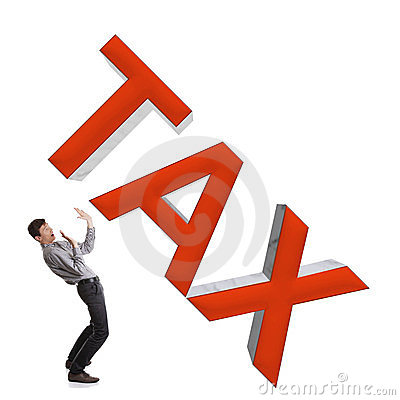
Recently, both Ecuador and Argentina announced their statistics of tax collection for the first two months of this year. Ecuador reported that its non-oil tax collections for January and February were 41% higher than for January and February 2001. This follows on the heels of a 42% increase in 2001 over 2000. (Ecuador also receives considerable tax revenue from oil exports, but the amount of revenue fluctuates considerably, based on the world price of oil, so it is not a good gauge of the condition of the overall economy. Part of the increase in non-oil tax revenue reflects prices catching up to world levels after falling far behind in 1999. The increase remains impressive, even so.)
Ecuador dollarized in 2000 after a currency crisis and depression in 1999. Since dollarizing, Ecuador has not increased any major tax rates. It eliminated a widely despised financial transaction tax of 0.8% that generated about 20% of all non-oil tax revenue in 2000. The International Monetary Fund wanted Ecuador to raise its value-added tax from 12% to 14%, and the government agreed (against its better judgment) so as to receive a loan from the IMF. Ecuador’s constitutional court rejected the increase as unconstitutional, however, so the value-added tax has remained at 12%.
Argentina has had declining tax revenues over the last several years. Collections for January and February were 20% lower than in January-February 2001. What is more, that figure is not adjusted for the massive exchange-rate depreciation that Argentina has suffered, which would show much bigger declines if expressed in dollars.
Argentina imposed big tax increases in January 2000, April 2001, and August 2001 under then-president Fernando de la Rúa. The government of president Eduardo Duhalde, in power since the beginning of 2002, has proposed a variety of new taxes to reduce the budget deficit. In addition, the depreciation of the peso, and the inflation that is now starting to be felt, are increasing effective (inflation-adjusted) tax rates. The top income tax rate of 35% begins at 102,300 pesos per year. At one peso per U.S. dollar, the equivalent was US$102,300. At today’s four pesos per dollar, the equivalent is US$25,575.
What is the solution? Argentina should imitate Ecuador and dollarize. At the same time, it should make drastic reductions in its tax rates, which are much higher than those of Ecuador and provide huge incentives to evade taxes. Argentines are well practiced at avoiding high tax rates, so under current policies the government can expect tax revenue, in particular revenue from income taxes, to fall sharply.
The International Monetary Fund is waiting for Argentina to present a plan that includes a “disciplined” budget before lending money for currency stabilization. Rather than currency stabilization being the result of a disciplined budget, Argentina has little chance of achieving a disciplined budget unless it first stabilizes its currency through dollarization.
Authors Kurt Schuler and Steve H. Hanke

0 responses on "Argentina’s Tax Crisis"